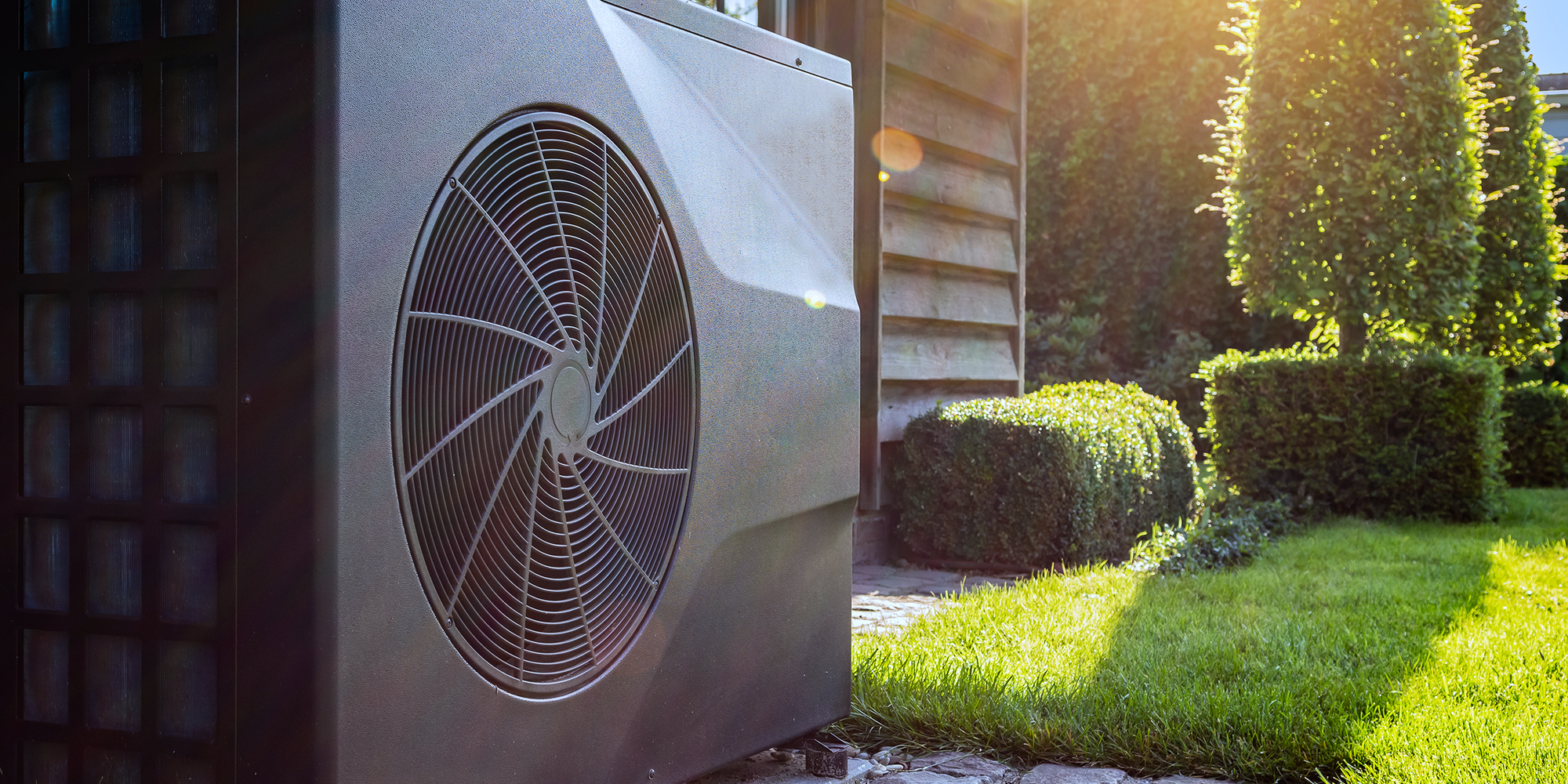Temperature rises in heat pump market
The fight against global warming and need to import fewer fossil fuels from conflict regions are making heat pumps hot property. Its still small market share suggests attractive growth rates are in store in the future.
Text: Anita Colic and Dr Gerhard Wagner

A global economy that does not emit more greenhouse gases by 2050 than it is able to absorb is a net zero target of the Paris Agreement from 2015. The real estate sector has been playing a central role in this. If indirect emissions from electricity and district heating are taken into account, heating properties is responsible for four gigatonnes of CO2 per year. That’s ten percent of the world’s energy-related greenhouse gas emissions.
The real estate sector must therefore fundamentally change. And change is already underway, for example with regard to the installation of heat pumps. They are some of the key technologies for decarbonising the sector. Compared with gas and petroleum heating systems, they are almost CO2 free – provided that the electricity for operating the heat pumps comes from renewable energy sources. Heat pumps can also reduce energy costs over the long-term.
Plenty of room still for improvement
The International Energy Agency (IEA)'s latest assessment shows a global sales increase of 11 percent for heat pumps (air-to-water and air-to-air heat pumps) in 2022. And in the previous year, unit sales of heat pumps were in the double-digits at 13 percent.
Despite strong growth rates, there is still huge untapped potential globally. More than 60 percent of buildings still use fossil fuels for heating (43 percent gas, 15 percent crude oil and 6 percent coal). District heating and renewables play a significantly smaller role, at around 11 percent each.
Heating of buildings by energy source

Heat pumps powered by electricity accounted for 10 percent of heating according to an IAE report. This means there is enormous growth potential for heat pumps to replace fossil-fuelled heating systems.
Tripling of heat pump capacity by 2030
The IEA has modelled a scenario which takes into account the climate protection announcements of the various countries. According to the report, governments' energy and climate-related commitments will lead to a more than threefold increase in global sales of heat pumps from 96 gigawatts in 2021 to 319 gigawatts by 2030:

The 96 gigawatts correspond roughly to the above-mentioned ten percent of heat pumps used worldwide in 2021. The graph also shows that China will dominate the heat pump market, with around a third (102 GW) of heat pump sales each year. Growth up to 2030 will be based on China and the two other markets of Europe and North America. But this presupposes that the required investment and promised commitments will be met through political support measures.
Removing barriers
The biggest barriers here are the big initial investment for heat pumps. On average, a heat pump costs twice as much as a gas heater. Many households lack the means to finance the high initial investment in a heat pump. This is slowing down growth, even though households have lower energy costs on average over the entire life cycle. If heat pumps are to be used on a large scale such barriers need to be removed, e.g. through bigger subsidies.
There are several key drivers for using heat pumps:
- Subsidies (positive incentive)
- Prohibiting heating using only fossil fuels. This is already the case in 17 European countries (negative incentive).
- The Ukraine conflict and the sanctions imposed on Russia temporarily pushed gas and energy prices to record levels, facilitating the expansion of efficient, non-fossil heating systems.
- The Ukraine conflict highlighted the economy's dependence on fossil energy sources from Russia, particularly in Europe. The increased use of heat pumps will help to reduce this dependence on imports of fossil fuels.
How does a heat pump work?
A heat pump uses existing heat sources from ambient air, ground, groundwater or surface water to efficiently heat buildings. A compressor raises the indoor temperature to the desired level. And the best thing is that more thermal energy is generated than is consumed in electrical energy.


